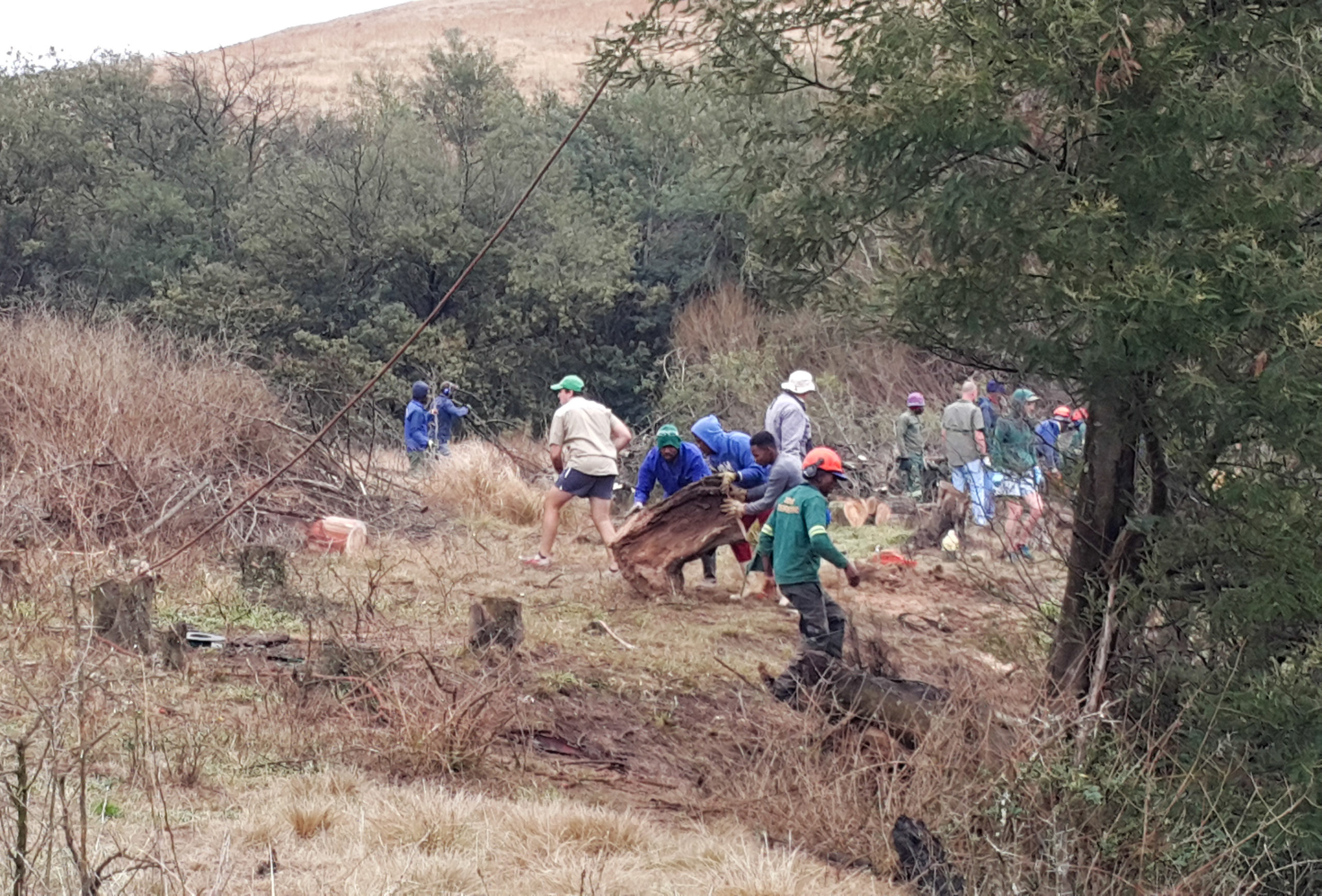Among the recent COVID-19 Lockdowns around the world, many people have begun to notice what looks like a healing planet. Headlines announcing dolphins in the canals of Venice and clear skies over Shanghai and New Delhi make it easy to believe that this pause of human activity is one of the solutions in the fight against climate change.
This great ‘anthropause’, as it’s now being called, does certainly help the environment. Fewer aircraft in the skies and vehicles on the roads mean fewer emissions, which is always a positive. But the fight against climate change does not stop with a slowdown in human activity, especially if that slowdown is temporary. Alongside reducing emissions and preventing further damage, there is a great deal of damage that needs to be undone before we can consider ourselves to have made significant progress.
This restoration work is often represented as tree-planting initiatives and beach cleanups, which again, are effective, but only a small part of the picture. There is often a desire to solve problems in a dramatic, decisive way, the aforementioned tree planting campaigns being a prime example, with one campaign endeavoring to plant a trillion trees to heal the environment. Unfortunately, the problem of climate change is not a blanket one. The effects of prioritizing our own needs over those of the environment has created a patchwork of localized problems all over the world. For the disappearing natural forests of Romania, or the rainforests of the Amazon, tree-planting is certainly helpful. For the grasslands of Southern Africa or the plains of Kazakhstan, tree-planting not only does not help, it is actively counter-productive.
Rather than large scale, multi-million-dollar programs that aim to implement big, simple solutions, there is a strong case to be made that this work should be left to smaller initiatives that solve local issues. Local experts tend to have a better understanding of the issues affecting their community, such as a polluted water source, or an invasive species causing problems. Funding the answers to these problems can help areas combat the issues specific to them, with tailor made solutions that are maximally effective and avoid solutions that don’t work well because they simplify or generalize the problem.
Over time, multiple small-scale initiatives, all tackling local issues in realistic and practical ways can contribute to a wider-scale environmental healing of larger areas. Making more significant progress in the struggle against climate change than well-meaning, but impractical large-scale movements such as avoiding plastic straws or planting trees where they do not belong. These small-scale initiatives run by local NGO’s can produce positive results faster than larger ones, given that they are not burdened by the red-tape, PR requirements and fraud that afflict larger NGO’s
Impractical programs can actually create problems and increase the cost of restoring the areas as the botched restoration attempts create yet more damage that will need to be undone. For example, an invasive species is tackled with a poison that proves extremely effective in killing the invasive plant, but removing these plants exposes the topsoil which is weakened without any roots to hold it together. Now whenever it rains, large amounts of soil are washed away, and local farmers begin to suffer as their grazing areas are not as plentiful as they once were.
Had local experts and farmers been consulted, an indigenous species of plant could have been planted in the wake of the removal of the invasive species, thus holding the soil together, preventing erosion, and promoting local biodiversity.
The inclusion of local communities in targeted solutions to local problems can also solve problems beyond the environment. They can create jobs, and improve the health of local communities.
If a local community has had a positive experience with local restorative environment work, it will become easier to carry out other projects nearby as there will be degree of trust and buy-in from the local community.
By funding smaller NGOs, funders can help to provide high-quality, value for money solutions that bring real, restorative change to our environments and communities across the globe.


